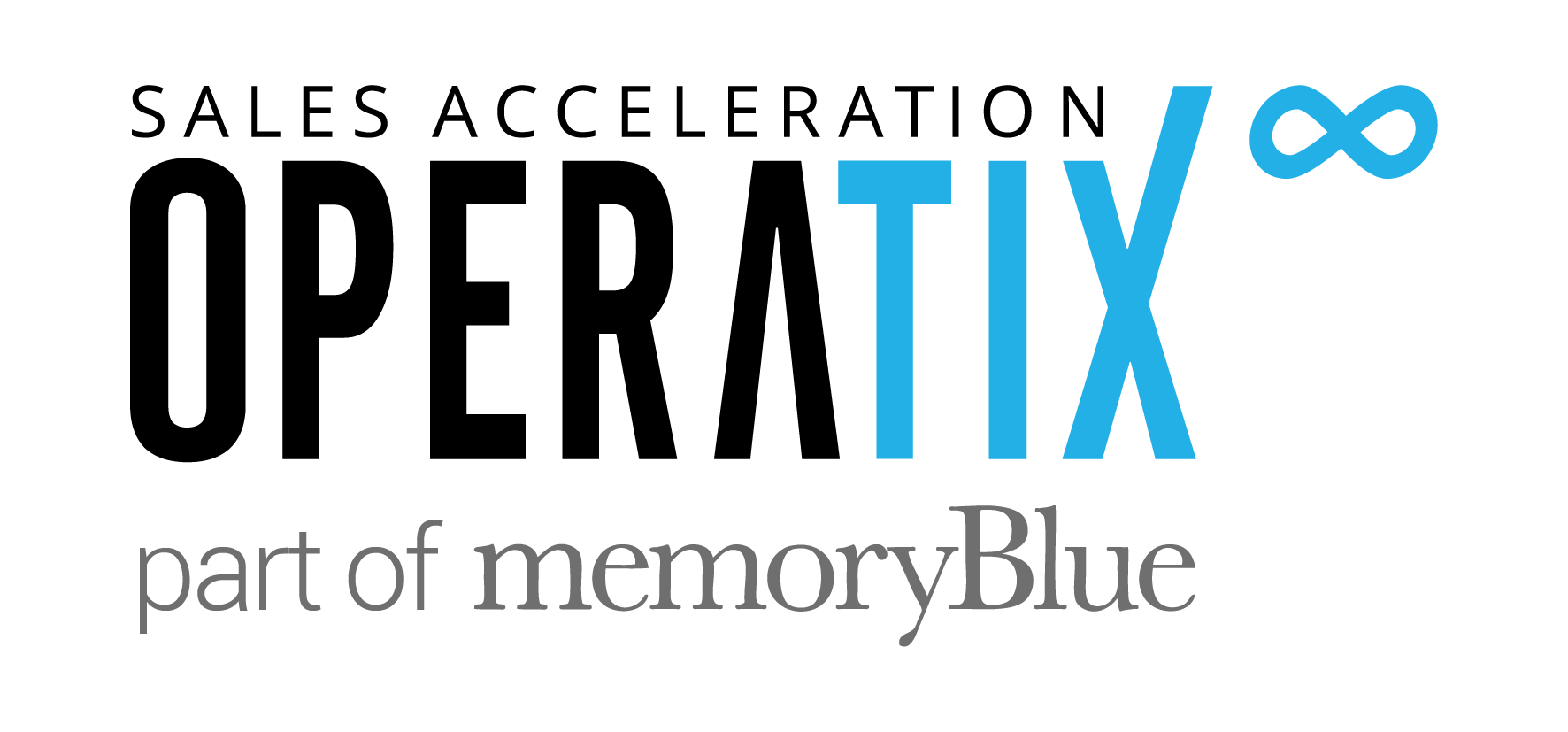Product-Led Growth is defined as a go-to-market strategy that relies on using your product as the main vehicle to acquire, activate, and retain customers
But how to know if it’s the right strategy for your business?
There is a slight shift in the way buyers buy today, and a product-led growth strategy could be the competitive edge you need to stand out in a crowded marketplace.
Recently on B2B Revenue Acceleration, Jimmy Fong, Chief Commercial Officer at SEON, explained how product-led growth introduces a potent dynamic to customer engagement.
Topics that were covered:
- Switching to a bottom-up engagement dynamic
- Focusing on time-to-value
- Learning from B2C marketing
- 3 ways to implement product-led growth strategies


Generally, the more in SaaS things become competitive and saturated, then things like product-led principles stick out as a bit of a competitive advantage for what you do.
Jimmy Fong – Chief Commercial Officer at SEON
Flipping the Approach
Generally speaking, most mid-size and enterprise sales tactics use a top-down approach. It makes sense. Generally, they’re dealing with companies with complicated problems that require endorsements from the C-suite.
But according to Jimmy, the SaaS world is slowly moving towards bottom-up adoption.
Here’s how it works:
The end operator discovers a problem and looks online for a tool to solve that problem. They put in a lot of research to see what the best solution is, of course, and find one they like. They use it, become big fans, and share it with others within the company.
As the product seller, you can then go to the CIO, for example, and show that the team has been using the product — in fact, the usage rate has been going up — and broach the subject of widening the scale.
When the operators are evangelizing on your product’s behalf, you have more traction for a sales conversation. It leads to a much richer conversation with decision-makers.


The key principle when looking at something like product-led growth is to take away concepts like time to value; that’s really what you’re looking to get the prospect to experience.
Jimmy Fong – Chief Commercial Officer at SEON
Focus on Time-to-Value
Letting prospects use the product without any kind of friction is fundamental to product-led-growth. The goal is to let them experience value as soon as possible.
Now, when you segment the product, there might be multiple use cases. The trick is to package pieces of each into a sample package that’s coherent and that the prospect can use without undertaking a massive, complicated project.
According to Jimmy, SEON devotes a lot of analytics and data measurement to “converting customers to something that gives them a lightbulb moment.”
In other words, you want them to understand the product, how it fits into their workflow, and how, ultimately, it will make their lives easier.
It’s a tactic that B2C companies like Spotify and Dropbox have been perfecting for a while.


All the same things we get from our B2C experience, we should be thinking about incorporating those from a B2B point of view.
Jimmy Fong – Chief Commercial Officer at SEON
Lessons from the B2C World
Most of us now expect the types of experiences we get in the B2C world within a B2B context. There are two ways he recommends incorporating B2C tactics into B2B.
No Multiyear Contracts
Oftentimes in SaaS, the prospect doesn’t experience value until they’re in a live environment. If you’re trying to lock them down to a long-term contract before they’ve experienced any value from your product, you’re ultimately setting yourself up for a tough time.
Jimmy says to adopt the strategy of a B2C service company like Netflix. Offer 30-day contracts so that prospects have a chance to try out your service.
The psychology is simple: you’re demonstrating that the product risk is on you as a vendor rather than on the prospect. You’ve made the path to value frictionless.
Level of Analytics Usage
With product-led growth, you need to get better at tailoring communications to each individual prospect. To do that, build up your analytics infrastructure.
Focus on improving data measurement at all interaction points so that you can start segmenting your users and devoting more resources to heavily-engaged users.
You don’t want to waste effort communicating with someone who created a trial account but never actually entered the system when you could be communicating with someone who has used the platform and invited 10 other teammates to join
3 Ways to Implement Product-Led Growth Strategies
Jimmy recommends these three practical ways to implement product-led growth strategies into the prospect experience:
Number 1: Make Pricing Clear
Jimmy admits it’s a pretty low barrier for what prospects want to find out before buying something but from a prospect-experience standpoint, it’s important to be upfront about the costs.
2: Ensure Prospects Can Actually Book a Demo
Many companies have a product demo page on their website, but it just leads to the contact us page. It’s a frustrating experience for the prospect.
For one thing, they have no idea when the company will get back to them. It also likely means that the company is qualifying the heck out of them and that means they might not even help out if the prospect is from a company that’s too small.
Those ingredients don’t add up to a positive prospect experience.
3: Make It Easy to Sample the Product
The final way is to let the prospect sample the product. This goes back to helping them experience a bit of value as soon as possible.
Jimmy says that oftentimes it’s a dev-led decision to purchase. Because of that, you want to make it easy for them to interact with your API, show how quickly they can use it and how easy the documentation is to understand, and demonstrate how it will fit into their product roadmap.
Basically, what you’re trying to do is educate the prospect online with full transparency. You’re building up that relationship so that they trust the brand a little bit more by the time you’re engaged.
For more insights on product-led growth, reach out to Jimmy on LinkedIn.
To hear this interview and many more like it, subscribe to The B2B Revenue Acceleration Podcast on Apple Podcasts, on Spotify, or on our website.






